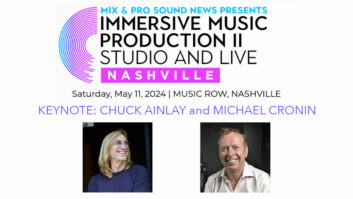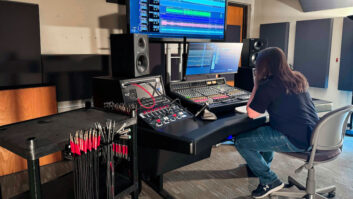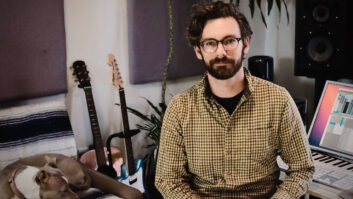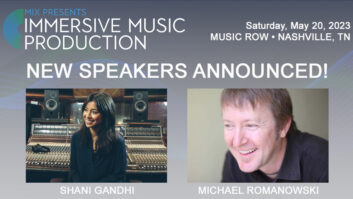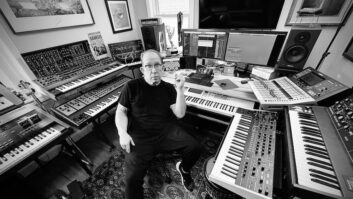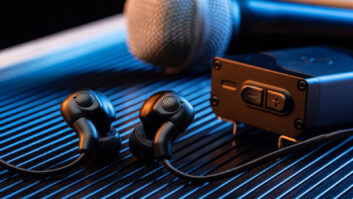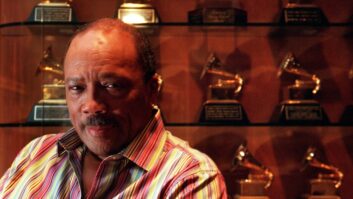
Los Angeles, CA (September 27, 2024)—Composer Michael Badal recently completed an SSL upgrade at his home studio in L.A.
Badal started producing and releasing EDM tracks in his teens after being discovered by DJ Tiësto, and is also a composer, sound designer and scoring mixer for film, television and commercials. His is currently working with four-time Emmy-nominated scoring composer Robert Duncan, whose credits include TV series Castle and Buffy the Vampire Slayer. “We just finished season four of The Equalizer and now we’re knee-deep in The Night Agent,” he reveals.
The studio upgrade has centered around SSL gear, he says. The first SSL piece he bought was a 500 Series G-Comp module. “The next thing was the Fusion, and I started adding that SSL ‘Vintage Drive’ saturation flavor to my mixes,” says
The Belonging Co. Has New Belongings: SSL Live Consoles
As soon as SSL released the UF8 eight-fader advanced DAW controller, UC1 plug-in controller and UF1 DAW control center, he continues, “I made the jump and started building my mixes from SSL plug-ins, using either the 9000 series-based Channel Strip 2 or the 4K B—those are my two go-to plug-ins because they have such a contrast sonically—then bringing in analog processing on inserts.”
He may be a digital native, but Badal, still in his mid-30s, is old school when it comes to mixing, relying on his ears, not his eyes. “Frankly, my mixes have gotten better because of SSL 360°. I don’t have any other software open. I don’t have my plug-ins open. I listen to the mix, looking at the SSL 360, UC1 and eqing as I go, just using my ears,” he reports, rather than be influenced by the look of an EQ curve on the screen. “It also makes it faster, just dialing the channel knobs and going from one channel to the next, doing everything with my hands, as opposed to with a trackball or a mouse.”

